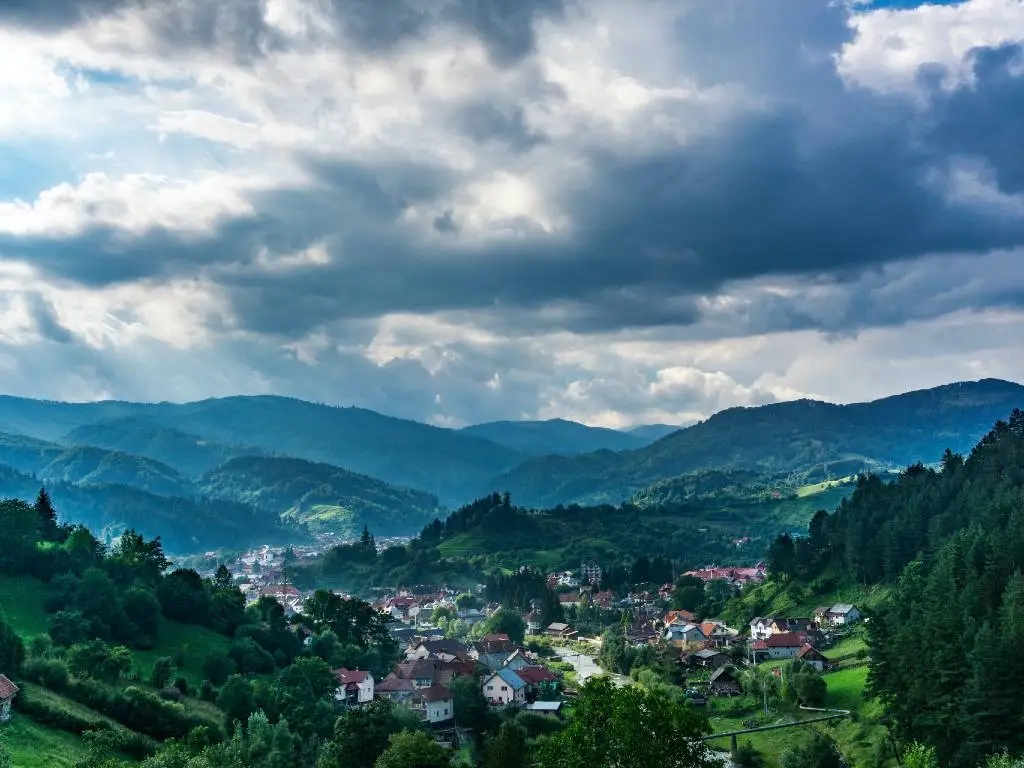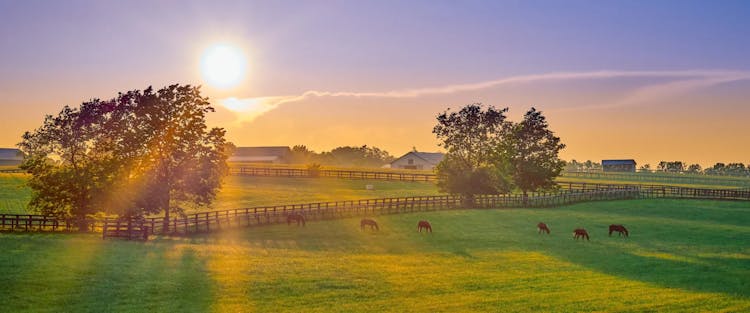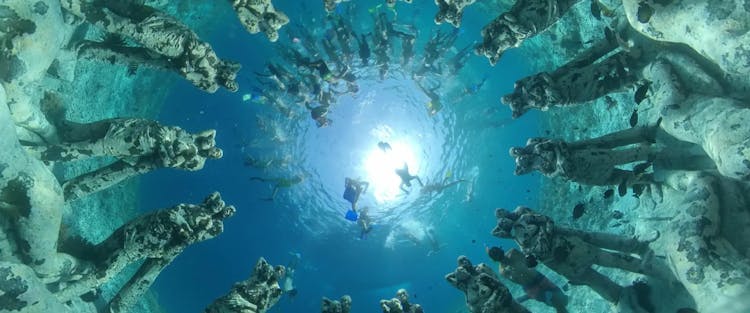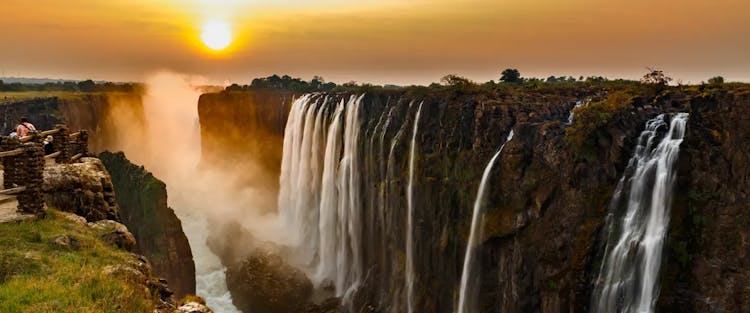
Transylvania: The Mysterious Region Where a Legend Was Born
The land beyond the forest

Transylvania means “The Land Beyond the Forest,” and it has a map's edge, “here there be dragons” vibe baked right into its name. After more than a century of being name-checked in literature, TV, and film, Romania's largest region conjures images of mind-bending mountains, Gothic castles, fortified churches, dusty peasant villages, spooky moonlight, and blood-thirsty, shape-shifting creatures with wicked overbites.
And it's all true, except for—we're pretty sure—the shape-shifting creatures part. Even with cosmopolitan cities like Brașov, Sibiu and Cluj, modern-day Transylvania still hums with an otherworldly vibration, playfully—sometimes seriously—reinforced by a culture of folklore and superstition.
The most famous Transylvanian didn’t spend much time there
Bram Stoker's fictional vampire is the namesake of a real person, Vlad III Dracula, 15th-century Prince of Wallachia. However, while Vlad Dracula was born in the Transylvanian town of Sighișoara, he, his father, and grandfather all spent time on the throne in the principality of Wallachia, immediately to the south.
Wallachia was the doorstep to Christian Europe in the 15th century, when the Ottoman Empire was orchestrating plans to expand all the way to the Atlantic. Its location, and the baffling disinterest most European leaders had in the Ottoman threat, even after they sacked Constantinople, put Dracula and his ragtag army of peasants and mercenaries in the unenviable position of being the first, and only, line of resistance for a time.
To everyone's amazement, especially the Ottomans, Dracula was successful in this effort until his death in 1476.
Fact, fiction, and the sizable gray areas
Despite his heroism, Vlad Dracula was undeniably a ruthless psychopath, even by medieval standards. He earned the nickname “Țepeș” (The Impaler) for his enthusiasm in shortening the remainder of his enemies’ lives with a sharpened piece of wood. (For the lunch-ruining details about the appalling practice of impaling, check out page 69 of Backpacking with Dracula.)
When Marsellus Wallace uttered the phrase “I’mma get medieval on yo’ ass” in the 1994 film Pulp Fiction, he may have been inspired by Vlad’s handiwork. The 15th-century version of click-bait by German-Saxon writers, loosely based on stories described by traumatized survivors of Dracula’s attacks, falsely painted Dracula as a crazed beast who drank blood and ate human body parts.
In truth, Dracula's brutality, including impaling, was no worse than Roman crucifixions or the techniques used in the Spanish Inquisition, but one can safely assume these tales made an impression on Bram Stoker while researching his vampire novel.
The Transylvanian Triangle

The cities of Brașov, Sibiu, and Sighișoara form what’s known as the “Transylvanian Triangle,” well-trodden by tourists.
Brașov is arguably the best base of operations for regional tours. The city itself is a Saxon town of the first order, complete with medieval walls, crumbling cobblestone streets, baroque facades and the iconic 15th-century Black Church.
Sibiu is a beautifully restored, upscale Saxon town, with magazine-photo-ready pedestrian squares, cafes, and an Orthodox cathedral, meant to be a tiny reproduction of Istanbul's Hagia Sophia.
Sighișoara, Dracula's birthplace, is one of the best preserved hilltop citadels in Europe, with an assortment of 500-year-old colorful homes, arresting museums, and formidable city walls.
Following the Dracula trail

Numerous sites and ruins associated with Vlad Dracula survive in Transylvania today, including his birthplace in Sighișoara, which now houses a restaurant. Brașov also has connections to Vlad. Various grievances drove him to attack and breach the city’s mighty walls and attempt to burn down the Black Church.
Bran Castle, one of dozens of castles that dot the countryside of Transylvania, is the one most closely associated with Vlad…but that connection is tenuous.
While the castle is sometimes inaccurately called “Dracula's Castle,” it was not Vlad's home. He almost definitely spent a night or two there—though as guest or prisoner, we're not sure. Nevertheless, it's certainly vampire lair material, seemingly growing organically out of the rocky summit that serves as its base, backed by foreboding mountains, and veritably oozing dark magic.
The real “Dracula's Castle”

Overlooking a strategic pass in the Carpathian Mountains connecting Transylvania and Wallachia are the ruins of Vlad Dracula's actual stronghold, Poenari Castle, built at stake-point by the Wallachian aristocrats who facilitated the murder of Vlad's father and brother years earlier.
The 1,480 steps leading from the parking lot up to the castle are a deal-breaker for most people, so it's not uncommon for visitors to find themselves utterly alone at this important historical site. In 1888 a landslide caused a substantial part of the structure to collapse and tumble into the valley below. What remains today are mostly head-high ruins.
No room for imitators
His capacity for unspeakable violence notwithstanding, Vlad is considered a national hero by Romanians for his almost unbelievable underdog resistance against the Ottoman empire.
As such, Romanians only have room for the original Dracula, and his association with a velvet-wearing, fictional character is a national sore spot. In fact, the novel Dracula was banned in Romania until after the fall of Ceauşescu in 1989.
The best kind of fish is pork

Even Romanians will admit that most of their national dishes came from somewhere else. The mainstays are meat, potatoes, cabbage, soups, stews, and plenty of moonshine.
Labor intensive sarmale (Romanian cabbage rolls, adopted from the Turkish sarma), are mini-burritos made with sour cabbage, or sometimes grape leaves, stuffed with seasoned pork, beef and bacon. Ciorba, another Turkish dish, is a sour soup with innumerable variations, including ciorba de perisoare, pork-and-rice meatball soup.
Mititei (A.K.A. mici), skinless sausages made from minced beef, garlic and spices, served with mustard, are ubiquitous street food. Mămăligă cu smântănă (polenta with sour cream) is the preferred starch, universally claimed to be best prepared by everyone's grandma—though you can easily try to make it yourself.
Vegetarian fare has belatedly arrived in Romania, but the nation's food scene is still neatly summed up in this old Romanian proverb: “The best kind of fish is pork.”
The best road in the world

The boomerang-shaped Carpathian Mountains stretch from Czechia through Hungary, Poland, Serbia, Slovakia, and Ukraine, with more than half of the range located in Romania. Home to as much as 60% of Europe's brown bear population, the mountains are a popular spot for distractions like trekking, rock climbing, skiing, and camping.
But for car enthusiasts, there’s another appeal. The Transfăgărășan Road, Romania’s second-highest asphalt road, winds over the Fagaras mountain range, connecting Transylvania to Wallachia. The tightly looping road is such an unforgettable driving experience that it was declared “the best road in the world” by the Top Gear boys when they visited in 2009.
Fun fact: The Carpathians stood in for the Appalachian mountains in the 2012 History Channel mini-series, Hatfield and McCoys.
Bachelors on parade
Brașov’s calendar spills over with festivals, but The Juni Pageant (A.K.A. The Feast of the Youth) is one of its oldest and most popular. Taking place on the first Sunday after the Orthodox Easter, the event starts in Piata Unirii (Union Square), outside the city walls.
An assembly of local bachelors outfitted with traditional costumes (some more than a century old), armor, and swords ride into central Brașov on horses. A troop of married men take up the rear, presumably in case there are any jail-break attempts. Then it’s up neighboring Mount Tâmpa where reverie, games and traditional dancing ensues.
The festival dates back to when Romanians, second class citizens to Saxon aristocrats and barred from entering Brașov’s walls all year, were thrown a bone and allowed to enter on this one day. Matchmaking wasn’t part of the festival schedule, but one assumes that with all those manly men being manly in one place, fathers were on the lookout for suitable suitors for their daughters.
Wine and moonshine
Romania's outstanding soil and geography have been supporting vineyards for over 6,000 years. The familiar grapes are all present—merlot, pinot noir, pinot grigio and sauvignon blanc—along with grapes unique to Romania, like fetească albă, fetească neagră, tămâioasă românească, and băbească neagră.
Large producers like Murfatlar, Jidvei, and Tohani stock most shelves, but small producers have blossomed since Romania joined the EU in 2007, including Domeniile Sahateni, Lacerta, Davino, Crama Oprisor, and many more, which you can occasionally find in wine shops in the US. There's even a brand called “Vampire,” natch.
Țuică is the (legal) national brandy-cum-moonshine, usually made from plums (as much as 75% of the country’s plum crop goes into the brandy!), but also apples, grapes and more, which ranges in strength from mild burn to paint stripper. The common drinking toast is noroc, which means “luck” or “good fortune.”
Get more ideas for where to go in Europe or join Going to find cheap flights to destinations around the world—including cheap flights to Romania! One our recent deals saw prices drop as low as $528 roundtrip.
Check out more destinations in Europe:
Published October 12, 2023
Last updated December 19, 2023
Articles you might like
View AllTreat your travel to cheap flights
Most deals are 40-90% off normal prices with great itineraries from the best airlines. If it's not an amazing deal, we won't send it. Sign up for free to start getting flight alerts.




